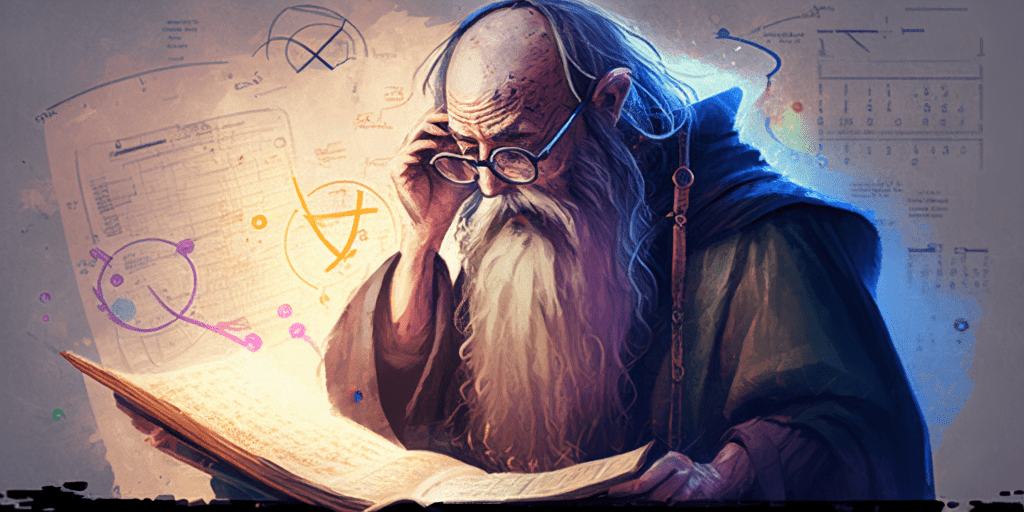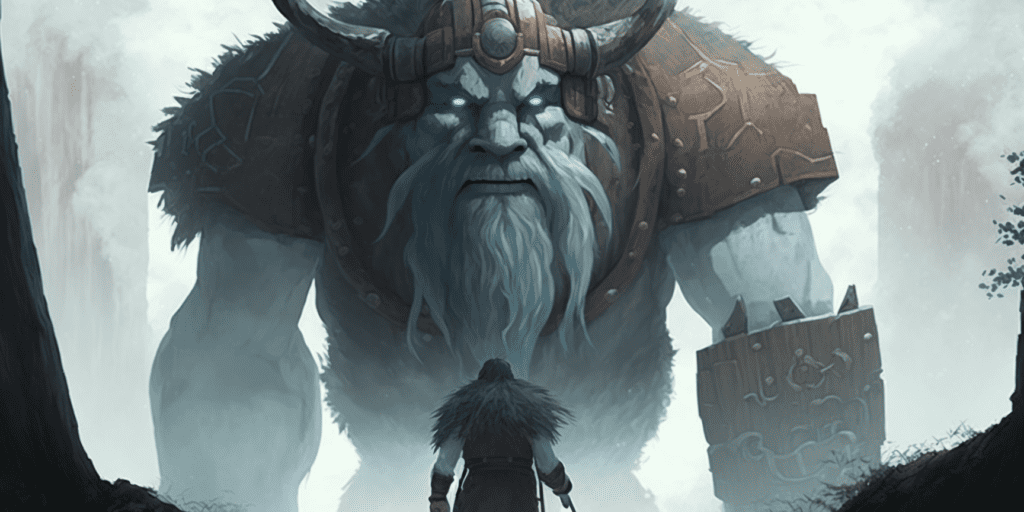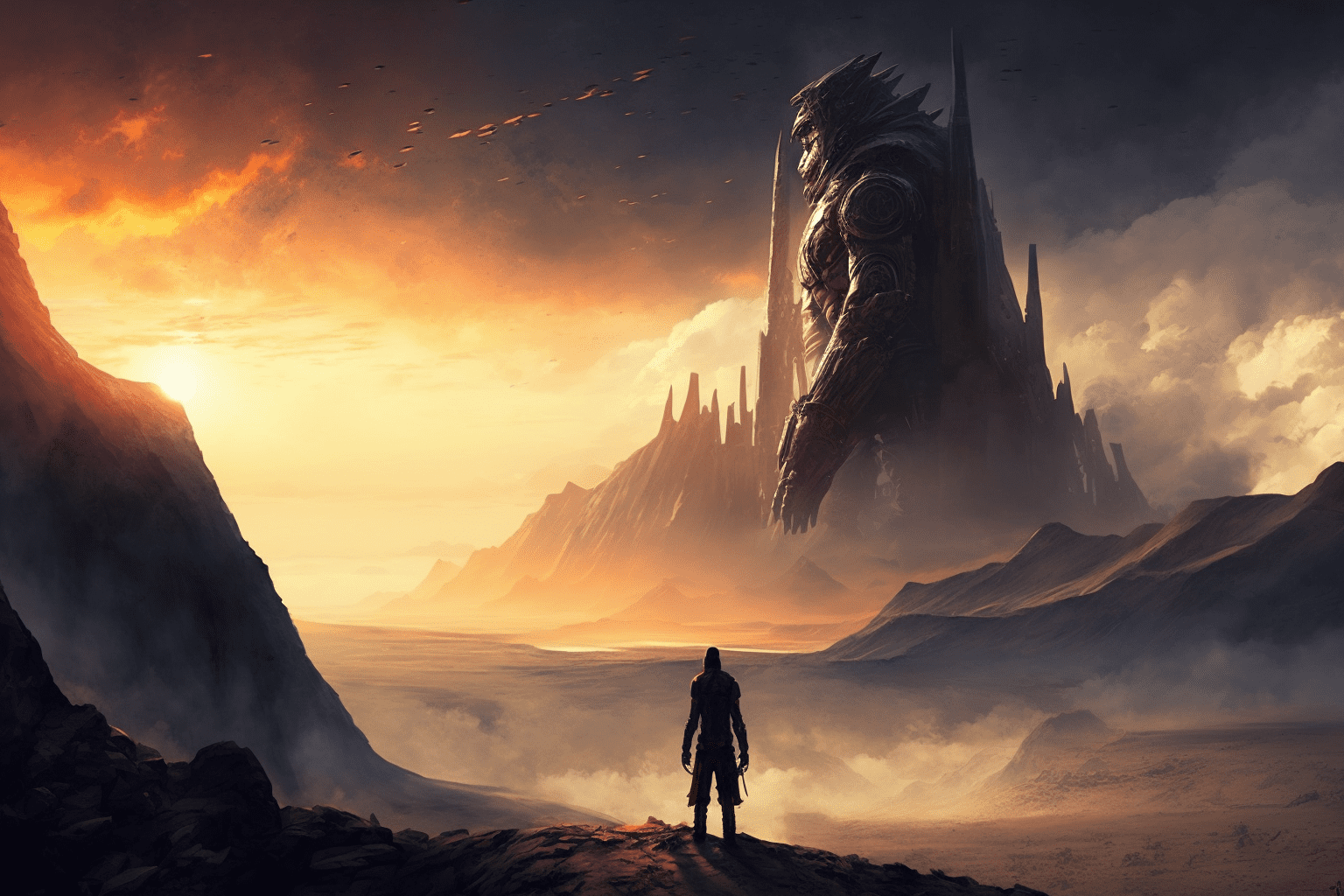Challenge Rating is one of many Dungeons and Dragons alternative systems that players can use to play the game. However, what Challenge Rating (“CR”) actually is can seem confusing at first.
That’s why I’ve written this resource – so you can understand what Challenge Rating is, and how to properly apply it in a game of DnD. Do you even want to use it? Do you have to?
Let’s go through it in detail. First of all, what is Challenge Rating (“CR”) in Dungeons and Dragons?
Challenge Rating is a way of measuring enemies’ threat levels in Dungeons and Dragons. It’s easy to understand: the higher Challenge Rating a monster has, the higher level your party needs to be to defeat it without suffering any deaths or similar consequences. Challenge Rating is like many DnD rules, voluntary. Everything about Challenge Rating can be found in chapter three of the Monster Manual.
Now that you have a general idea of what Challenge Rating is in DnD, let’s explore the topic further. How does it work on a specific level, and is Challenge Rating worth applying in your games?
What Is Challenge Rating In DnD?

As I mentioned earlier, the Challenge Rating is, in loose terms, a summation of a monster’s strength. The purpose of this is to compare the Challenge Rating of the monster with the level of your party members, and then go from there.
For example, if a monster has a challenge rating of 5, and your party members are all level 3, chances are that one or more of you aren’t going to survive that particular encounter, and you might want to reconsider fighting it.
If, however, your party members are all level 5, then you can go ahead and fight the monster. Another thing to note here is that the Challenge Rating is based on a well-rested, prepared party. You can still suffer heavy losses fighting a monster with an appropriate Challenge Rating if you aren’t prepared.
Furthermore, monsters can have Challenge Ratings of 0. This means that they are virtually harmless except in large numbers.
The XP yield increases the higher the Challenge Rating. Moreover, if a monster with a 0 Challenge Rating has no attacks, it doesn’t yield XP at all. Below, you can find a table of yielded XP depending on Challenge Rating (Challenge Ratings 0-10).
| Challenge Rating | Yielded XP |
| 0 | 0 or 10 |
| 1/8 | 25 |
| 1/4 | 50 |
| 1/2 | 100 |
| 1 | 200 |
| 2 | 450 |
| 3 | 700 |
| 4 | 1,100 |
| 5 | 1,800 |
| 6 | 2,300 |
| 7 | 2,900 |
| 8 | 3,900 |
| 9 | 5,000 |
| 10 | 5,900 |
As you may have noticed, the rating doesn’t go from 0-1, but from 0 to 1/8, to 1/4, to 1/2, then to 1. This might confuse you, but it’s very straightforward. A CR 1/4 monster will be a challenge for a single level 1 player, but not for a party of 4 players.
Four CR 1/4 monsters equal a CR 1 monster, and so forth. It’s an interesting design choice. Goblins are examples of 1/4 monsters, so four goblins are a challenge for a party of level 1 characters. In my opinion, it makes sense considering the zerg-like aesthetic that Goblins have.
Something to note regarding the yielded XP is that players have an XP cap every day. For example, at level 1, players are limited to 300 XP per day. That synergizes well with CR, in a way, because CR assumes that your party is rested. The cap is partly meant to motivate long rests.
Also, there are more difficult Challenge Ratings than the ones I have listed in the table. 10 is just a somewhat arbitrary number for the table. The max Challenge Rating that a monster can have is 30.
Some players like Challenge Rating and others don’t, it’s a matter of taste. Don’t use it as an absolute rule for how difficult monsters are, as there are more factors to consider. For example:
- Initiative
- Items
- Environment
- Synergy
Something that CR should account for is rest. Rather, it assumes that you are, in fact, well-rested. Make a point of always being rested before a big fight.
Please take into account that CR isn’t completely consistent over levels. For example, a CR 2 monster is more difficult for a level 4 party than a level 6 monster is for a level 12 party. This makes sense, if you think about it, since the characters’ power level ramps up more and more.
DMs have different approaches to Challenge Rating. Some don’t like it at all and won’t use it, while others do use it. Even among DMs who use it, the application differs a bit. For example, some DMs reveal the Challenge Rating of a monster before the battle, and some don’t.
Those who don’t use narrative and description to indicate the Challenge Rating instead. For example, a monster who is too much for a party would be given a clear intimidation description.
Utilizing Lower Challenge Rating Enemies
I mentioned earlier that XP is different for each Challenge Rating. You can use the XP values of enemies to determine what encounters to create as a DM. For example, say that your party members are level 3. The appropriate Challenge Rating for that level would be something along the lines of 3 or 4.
We can see in the table above that Challenge Rating 3 enemies yield 700 XP while Challenge Rating 4 enemies yield 1,100 XP. In other words, we want around 700 to 1,100 in an encounter – that’s the appropriate amount of XP for your party.
If you know the XP that a level 3 or 4 enemy yields, you can take the Challenge Rating XP divided by the value of the enemy. An ogre, for example, yields 450 XP.
Take 1,100 (the XP for Challenge Rating 4) and divide it by 450 (1,100 / 450 = 2.4) to get an estimation of how many Ogres are appropriate for your party.
Since it’s impossible to make use of that 0.4, simply round the number up to 3 if you want a greater challenge, or down to 2 if you want a more balanced challenge. Remember that this is just a rule of thumb, however, and that enemies do not scale linearly. Two CR 2 enemies don’t have identical power levels to a CR 4 enemy.
How Is Challenge Rating Calculated?

So, is Challenge Rating just an arbitrary number that WotC has made up? No, not really. There’s a logic behind it. You can find out everything you need to know about Challenge Rating calculation in the Dungeon Master’s Guide (p. 274-281).
But, I’ll go through it here as well. However, if anything is unclear, I recommend buying the book. It’s a good resource for experienced and beginner DMs alike.
Below, you can find a quick and dirty calculator for Challenge Rating. There are more factors to be taken into account here, but you can use this calculator to quickly estimate the Challenge Rating of a monster.
The calculator can be found here.
Abilities, resistances, immunities, and more are used to calculate the Challenge Ratings. For example, if a creature has any resistances or immunities, you have to multiply the hitpoints (that you use to calculate CR) by a value determined in the “Creating a Monster” stat block in the Dungeon Master’s Guide.
There are a couple of more things to consider as well if you want to use the exact same method that WotC uses to determine Challenge Rating. Personally, I just use the calculator and go from there.
Let’s discuss the pros and cons of CR, because there is certainly an argument to be made that CR isn’t really necessary or even fun.
Do You Have To Use Challenge Rating?

Of course, you don’t have to use Challenge Rating. It’s simply an alternative that is meant to make combat more predictable.
Furthermore, Challenge Rating is an easy way to illustrate how difficult monsters are for new players and an easy way for new Dungeon Masters to configure combat. DnD has a lot of rules, and simplifying combat is a way of retaining players.
In the end, you should do whatever makes the game more fun for you. You can just adjust monsters’ stats and abilities to your liking if you want to, without using CR.
Should I Use Challenge Rating?
We can conclude that you don’t have to use Challenge Rating to make a DnD game viable. However, should you use it?
Challenge Rating is by no means straightforward. Combat always depends on a bunch of factors, for example, your party’s approach to the fight, strategy, environment, type of enemy, and so forth. The variance in results of a fight depends too much on these factors for CR to be completely dependable.
Furthermore, Challenge Rating does not take into account the power spikes of player characters. Classes have power spikes (e.g., levels where they suddenly rise in power level because of abilities and such) on different levels, and that’s one of the reasons why the scaling of monsters isn’t linear.
I would recommend that you use Challenge Rating as a guideline for monsters’ power levels. Don’t follow it religiously, and don’t be afraid to change around stats and stuff if you want to.
Your mileage may vary.

